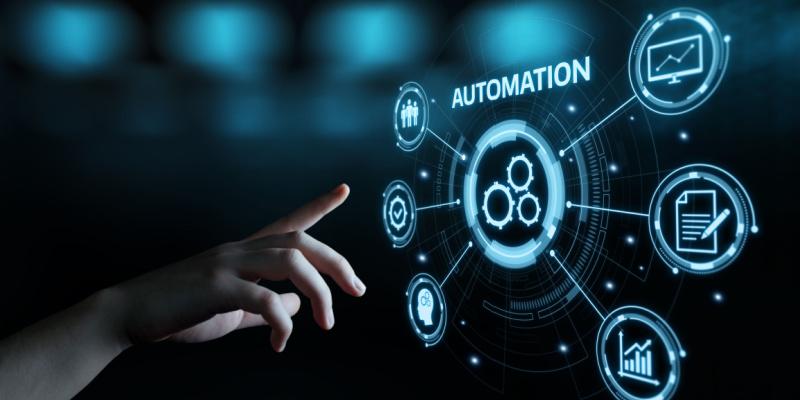In an era defined by rapid technological advancements, the landscape of business is undergoing a profound transformation. The convergence of automation and artificial intelligence (AI) is not merely a trend; it represents a seismic shift that is reshaping the way organizations operate, strategize, and deliver value. As industries adapt to these innovations, companies are discovering new efficiencies and opportunities that were once unimaginable. From streamlining operations to enhancing customer experiences, the rise of automation and AI is ushering in a chapter where human ingenuity meets machine precision. In this article, we will explore the multifaceted impact of these technologies on the business world, examining both the potential benefits and challenges they present. Join us as we delve into the transformative power of automation and AI, illuminating the path forward for today’s enterprises navigating this new digital frontier.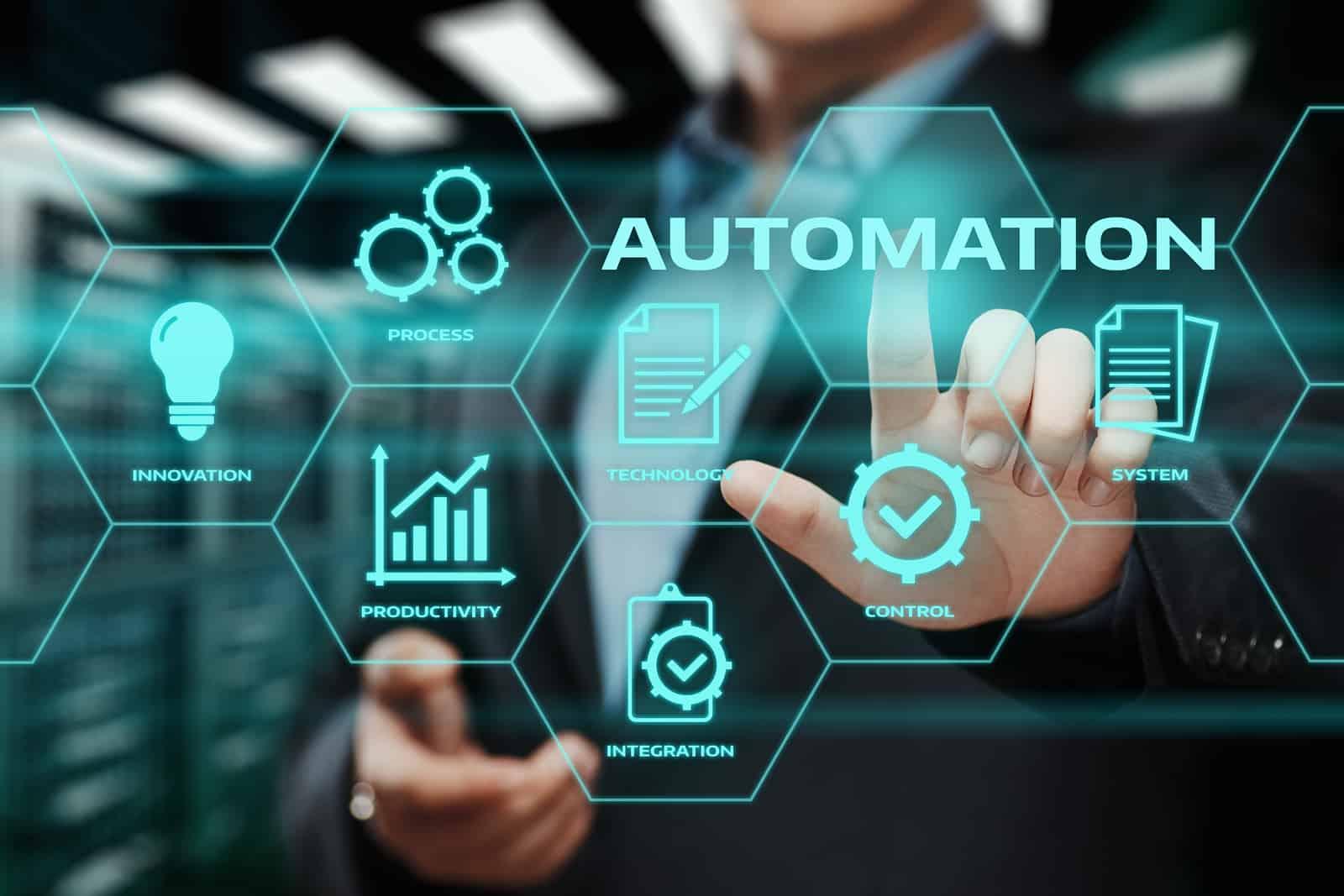
Embracing Change: Understanding the Role of Automation in Modern Business
The integration of automation in today’s business landscape is not merely a trend; it is a transformative force that is reshaping industries. Companies embracing automation can enhance operational efficiency, streamline processes, and reduce the margin for human error. Key benefits of adopting automated systems include:
- Increased Productivity: Automating routine tasks frees up employee time for more strategic initiatives.
- Cost Reduction: Automation lowers labor costs and minimizes operational expenses.
- Scalability: Businesses can easily scale operations without a corresponding increase in workforce.
The shift towards automation and artificial intelligence (AI) also fosters a culture of innovation, encouraging organizations to rethink traditional business models. By leveraging AI’s ability to analyze vast amounts of data, companies can gain insights that drive better decision-making and enhance customer experiences.
However, the transition to automated systems necessitates a careful understanding of its implications on the workforce and overall business strategy. Businesses must consider:
- Employee Adaptation: Up-skilling employees to work alongside new technologies.
- Ethical Considerations: Responsible use of AI to promote transparency and security.
- Change Management: Cultivating a resilient company culture that embraces technological advancements.
As organizations navigate this evolving landscape, finding the right balance between automation and human capabilities will be crucial to sustaining long-term success.
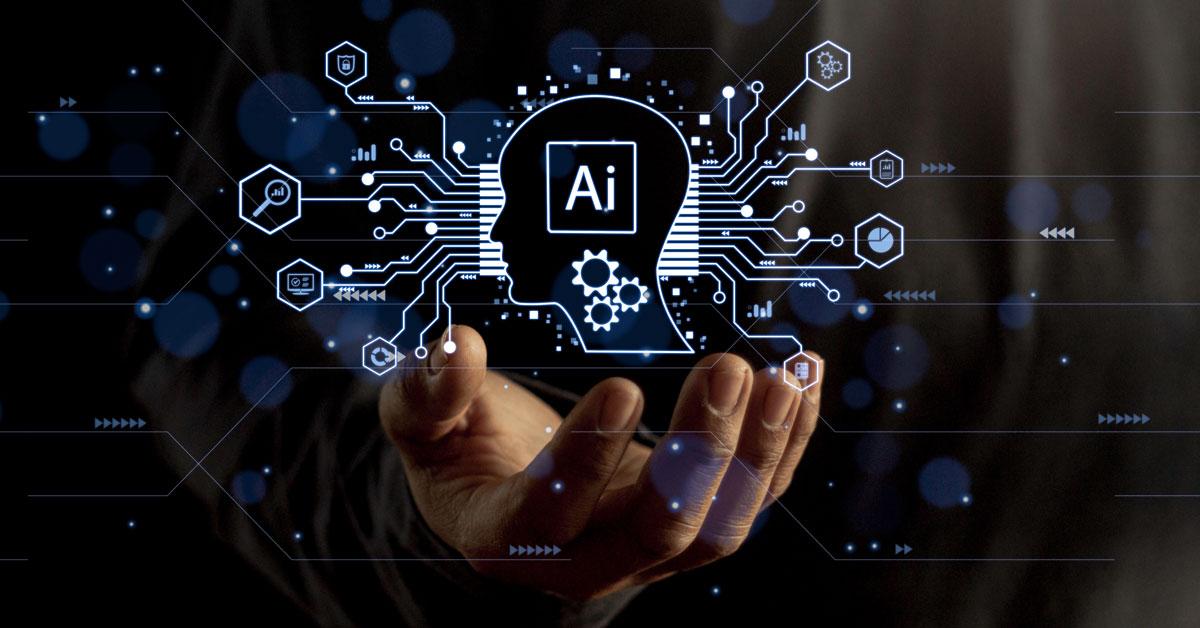
Intelligent Solutions: How AI is Revolutionizing Operational Efficiency
Artificial Intelligence (AI) has emerged as a game-changer in the realm of operational efficiency, creating opportunities for businesses to enhance productivity and streamline processes like never before. By leveraging machine learning algorithms and intelligent analytics, organizations can now automate routine tasks that were once labor-intensive. This shift allows teams to focus on strategic initiatives, fostering innovation and collaboration. Key areas where AI is making a significant impact include:
- Data Analysis: Rapid processing of vast datasets to derive actionable insights.
- Predictive Maintenance: Anticipating equipment failures before they occur, reducing downtime.
- Customer Service: AI-powered chatbots providing instant support, improving user experience.
The integration of AI tools is not just about replacing human efforts; it is about enhancing capabilities and empowering employees. By utilizing AI-driven systems, companies can improve decision-making accuracy, reduce operational costs, and increase overall effectiveness. For instance, automation of supply chain management allows for real-time tracking and optimization of inventory levels. The potential benefits of adopting AI solutions in various sectors can be summarized as follows:
| Benefit | Description |
|---|---|
| Increased Efficiency | Reducing time spent on repetitive tasks by automating workflows. |
| Cost Savings | Minimizing labor costs and operational waste through optimized processes. |
| Enhanced Accuracy | Improving data accuracy with machine learning reducing human error. |
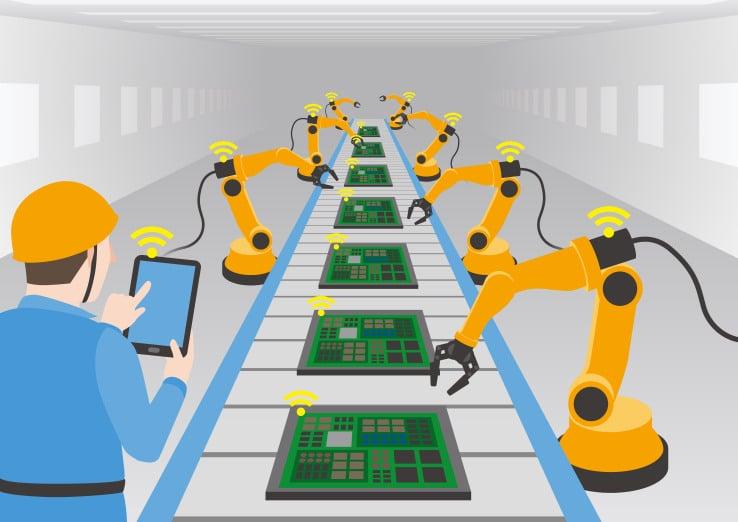
Building the Future: Strategies for Implementing Automation and AI Seamlessly
To effectively integrate automation and AI into business operations, a structured approach is essential. Organizations should begin by setting clear objectives for what they hope to achieve through technology integration. This includes identifying key areas where automation can boost efficiency, enhance customer experiences, or reduce operational costs. Important strategies might include:
- Conducting a Needs Assessment: Determine which processes are most time-consuming or prone to errors.
- Prioritizing Solutions: Focus on the automation tools that offer the highest ROI.
- Engaging Stakeholders: Ensure buy-in from employees who will interact directly with the new systems.
Once the groundwork is laid, companies can begin the implementation phase. This involves selecting the right technology partners and tools that align with their objectives. Training and adaptation are vital components of a successful rollout, so investing in comprehensive training can significantly ease the transition. Consider these practical steps for a smoother implementation:
- Pilot Programs: Start with small-scale trials to understand potential challenges before full deployment.
- Feedback Loops: Regularly gather input from users to refine systems continuously.
- Integrating Systems: Ensure that AI tools can communicate effectively with existing technologies.
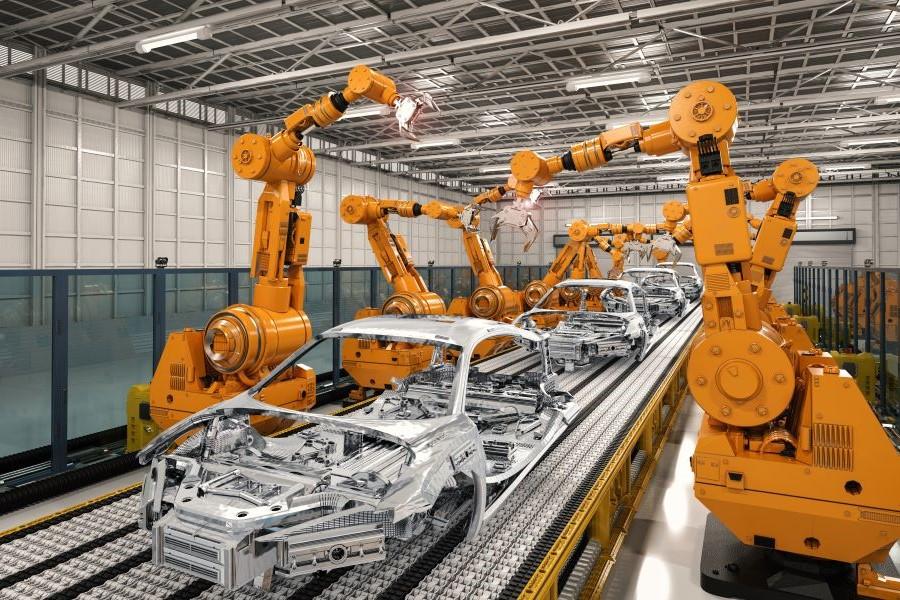
Navigating Challenges: Addressing Workforce Concerns in an Automated World
As businesses increasingly embrace automation and artificial intelligence, a critical concern arises regarding the impact on the workforce. The integration of advanced technologies can lead to significant shifts in job roles and responsibilities, prompting fears of job displacement. To address these workforce concerns, companies must prioritize transparent communication with their employees, outlining the ways automation will complement human skills rather than completely replace them. This can be achieved through:
- Training Programs: Offering reskilling and upskilling opportunities to help employees adapt to new technologies.
- Flexible Work Structures: Implementing policies that promote a blend of human and automated efforts to enhance productivity without sacrificing jobs.
- Employee Engagement: Actively involving staff in discussions around automation initiatives to foster a sense of ownership and inclusion.
Moreover, businesses should adopt a nuanced approach to workforce transition by identifying areas where automation can drive efficiency while creating new job opportunities. This can involve a targeted strategy such as:
| Area of Automation | Potential Job Creation |
|---|---|
| Customer Service Automation | Customer Experience Managers |
| Manufacturing Robotics | Robotics Maintenance Specialists |
| Data Analysis | Data Analysts |
By thoughtfully integrating automation, organizations have the opportunity to not only streamline operations but also to foster a dynamic work environment that values human creativity and problem-solving skills, ultimately leading to a more resilient workforce in an automated future.
In Conclusion
As we stand at the crossroads of innovation, the rise of automation and artificial intelligence presents both opportunities and challenges that are reshaping the very fabric of business. Embracing these technologies invites a new era of efficiency and creativity, compelling organizations to rethink not just their processes, but their very purpose.
In this transformative landscape, the key lies in not just adopting these advancements, but in navigating the complexities they bring. By fostering a culture of adaptability and continuous learning, companies can harness the full potential of automation and AI, turning potential disruptions into pathways for growth.
As we move forward, it is crucial to remember that technology serves as a tool, amplifying human ingenuity rather than replacing it. The future of business will be defined by our ability to blend the analytical prowess of machines with the emotional intelligence and creativity inherent to humanity. In this symbiotic relationship, we find a promise of progress, innovation, and a reimagined vision for what business can truly achieve.
The journey towards a fully automated and AI-driven world is just beginning. Let us welcome this transformation with open arms, ready to shape the future that lies ahead.


